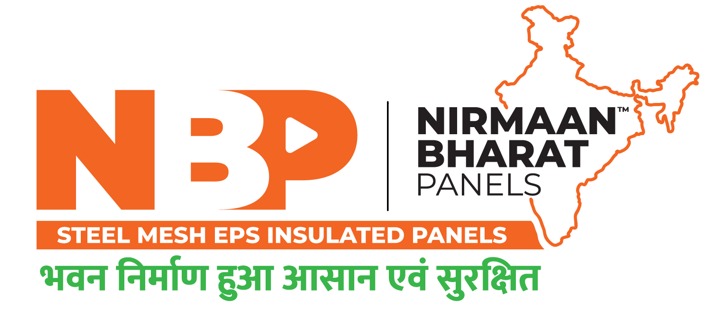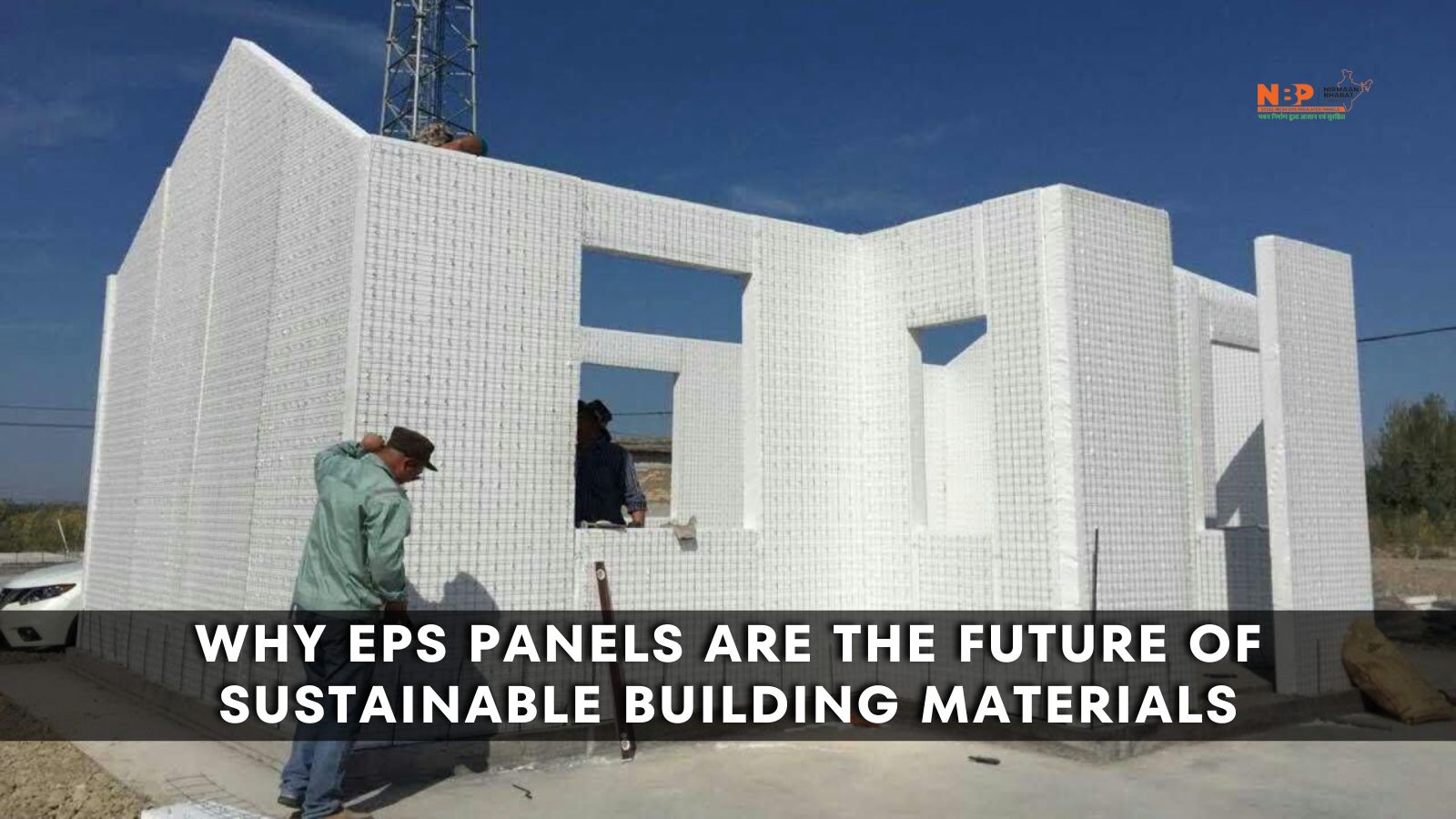Today’s focus on sustainability has reached new heights, and the construction industry is no exception. As builders and architects seek innovative materials that are both eco-friendly and efficient, Expanded Polystyrene (EPS) panels are emerging as a leading choice. This blog explores the reasons why EPS panels are considered the future of sustainable building materials, their advantages, applications, and their role in the green building movement.
Table of Contents
ToggleUnderstanding EPS Panels
Expanded Polystyrene (EPS) is a lightweight and rigid foam material created by expanding and fusing polystyrene beads. It is widely used in various applications, from packaging to construction. In the building industry, EPS panels are primarily used as insulation, structural elements, and components for walls, roofs, and floors.
The production process of EPS involves minimal energy consumption compared to traditional building materials. Additionally, its lightweight nature reduces transportation costs and carbon emissions during delivery. As a result, EPS panels present an attractive alternative for builders looking to minimize their environmental footprint.
Key Benefits of EPS Panels
1. Energy Efficiency
One of the most significant advantages of EPS panels is their exceptional insulation properties. The material has a low thermal conductivity, which helps maintain stable indoor temperatures, reducing the need for heating and cooling systems. By using EPS panels, buildings can achieve superior energy efficiency, leading to lower energy bills and a reduced carbon footprint.
2. Sustainability
EPS panels contribute to sustainability in multiple ways:
- Recyclability: EPS is recyclable, and many manufacturers offer recycling programs for used EPS panels. This process reduces waste and supports the principles of a circular economy.
- Resource Efficiency: The production of EPS panels requires significantly less raw material than conventional building materials like concrete and steel. This means that less natural resources are consumed, preserving the environment.
- Reduced Carbon Footprint: The lightweight nature of EPS means that less energy is required for transportation, further lowering the overall carbon emissions associated with construction.
3. Durability and Strength
Despite its lightweight characteristics, EPS panels are incredibly strong and durable. They can withstand various environmental stresses, including moisture, temperature fluctuations, and even seismic activity. This durability contributes to longer building lifespans, reducing the need for repairs and replacements over time.
4. Cost-Effectiveness
EPS panels are often more affordable than traditional building materials. Their lightweight nature reduces transportation costs, and their excellent insulation properties can lead to significant savings in energy expenses. Additionally, the speed of installation and reduced labor costs make EPS panels an attractive choice for builders looking to stay within budget.
5. Fire Resistance
Although polystyrene is combustible, EPS panels can be treated with flame-retardant additives, making them fire-resistant. This quality enhances building safety and meets the stringent fire codes required in modern construction.
6. Versatility in Design
EPS panels can be easily molded into various shapes and sizes, offering architects and builders flexibility in design. They can be used for walls, roofs, and even decorative elements, enabling creative solutions for any construction project. This adaptability makes EPS panels suitable for residential, commercial, and industrial applications.
Applications of EPS Panels
The versatility of EPS panels allows for a wide range of applications in the construction industry:
- Insulated Wall Panels: EPS panels are often used as insulation in exterior walls, providing thermal efficiency and noise reduction.
- Roofing Systems: EPS panels can serve as lightweight roofing solutions, improving energy efficiency and reducing the load on structural components.
- Floor Insulation: Using EPS panels for under-slab insulation can significantly enhance energy efficiency in buildings.
- Prefabricated Structures: EPS panels are ideal for prefabricated building components, streamlining construction processes and reducing site waste.
- Green Building Certifications: EPS panels contribute to achieving green building certifications such as LEED (Leadership in Energy and Environmental Design) by promoting sustainable practices and energy efficiency.
The Role of EPS Panels in the Future of Construction
As the construction industry continues to prioritize sustainability, EPS panels are poised to play a pivotal role in shaping the future of building materials. Here are some ways EPS panels will influence sustainable construction practices:
1. Alignment with Sustainable Goals
Many governments and organizations are setting ambitious targets for reducing greenhouse gas emissions and increasing energy efficiency in buildings. EPS panels align perfectly with these goals, making them a favored choice for sustainable construction projects.
2. Innovation in Material Science
Ongoing research and development in material science are likely to yield even more efficient and eco-friendly formulations of EPS panels. Innovations in additives and recycling processes will enhance the sustainability credentials of EPS, solidifying its place in the building materials market.
3. Integration with Smart Technologies
The future of construction is also leaning towards smart technologies, and EPS panels can be integrated with sensors and building management systems to monitor energy use and environmental conditions. This synergy will further enhance the efficiency of buildings and contribute to sustainable urban development.
Conclusion
As the demand for sustainable building materials continues to rise, EPS panels are proving to be a viable and innovative solution. Their energy efficiency, sustainability, versatility, and cost-effectiveness position them as a future cornerstone of eco-friendly construction. By embracing EPS panels, builders and architects can contribute to a greener, more sustainable built environment while meeting the demands of modern society.
FAQs About EPS Panels
Q1. What are EPS panels made of?
Ans: EPS panels are made from Expanded Polystyrene, a lightweight, rigid foam produced by expanding and fusing polystyrene beads. This material is known for its excellent insulation properties and durability.
Q2. Are EPS panels environmentally friendly?
Ans: Yes, EPS panels are considered environmentally friendly due to their recyclability, energy efficiency, and minimal resource consumption during production. They also contribute to a reduced carbon footprint in construction projects.
Q3. How do EPS panels perform in extreme weather conditions?
Ans: EPS panels are designed to withstand extreme weather conditions, including moisture, temperature fluctuations, and even seismic activity. Their durability and insulation properties make them suitable for a variety of climates and environments.


